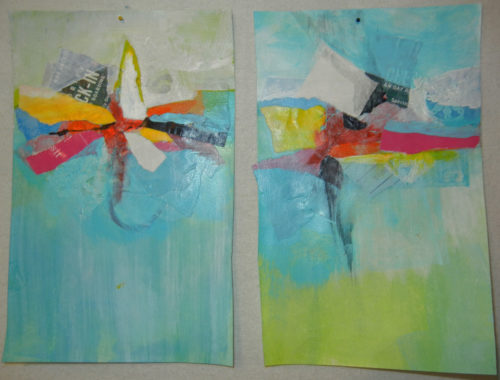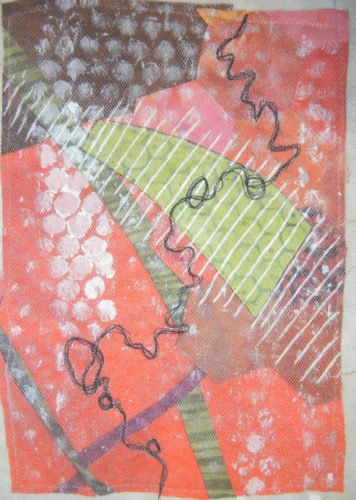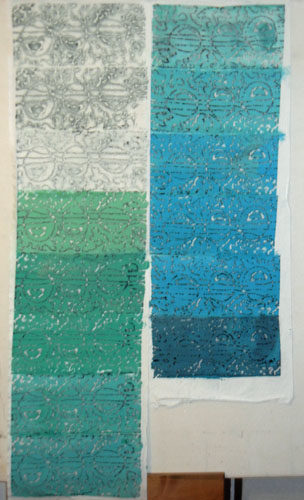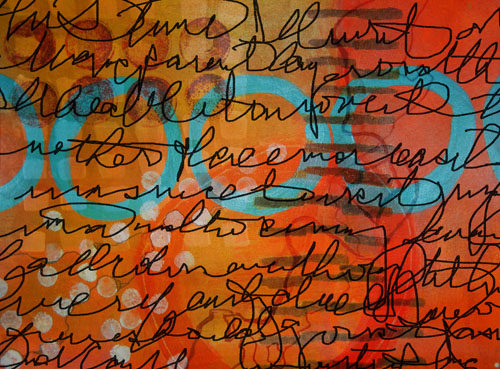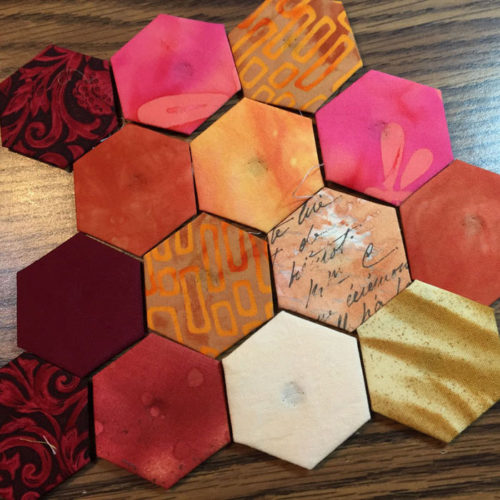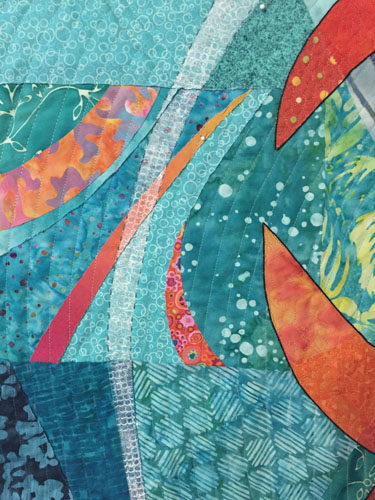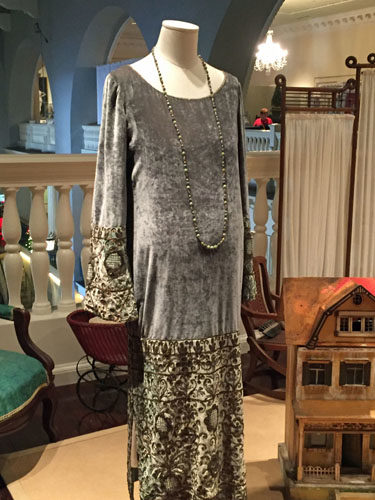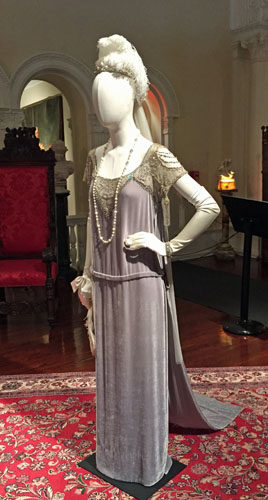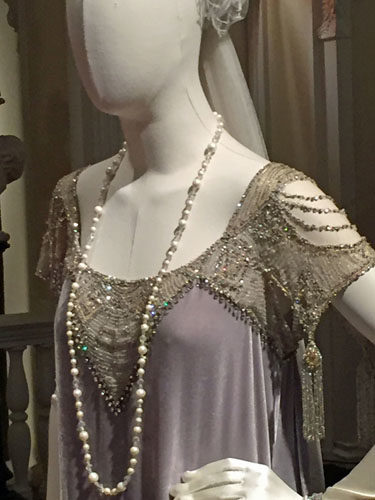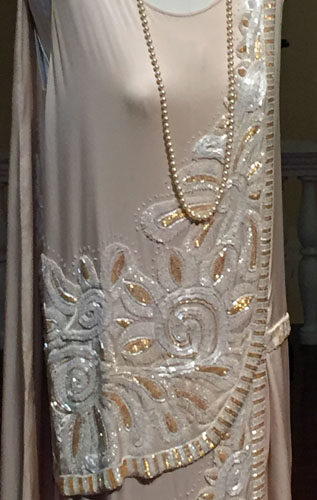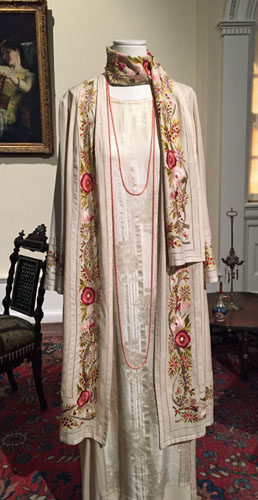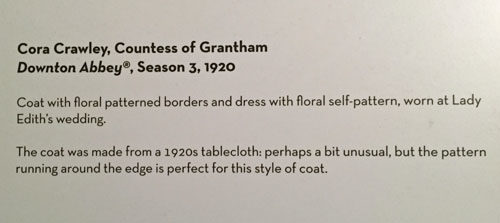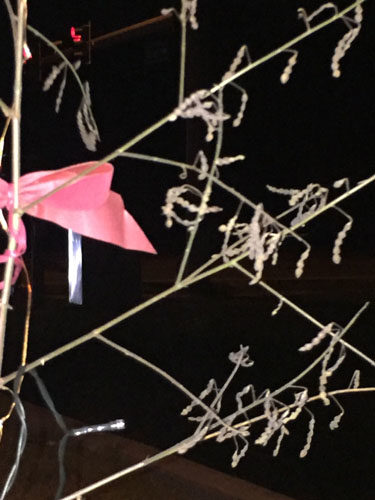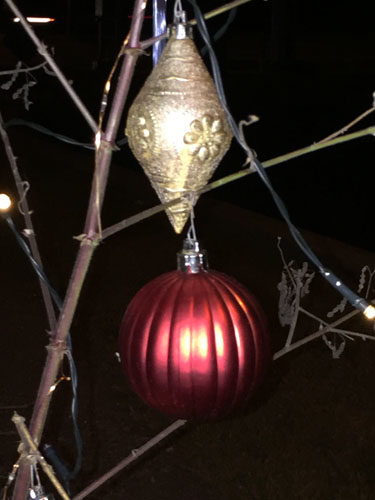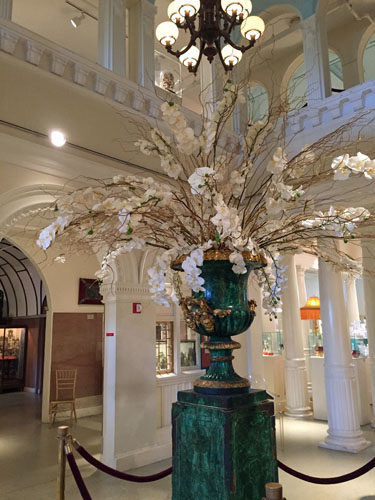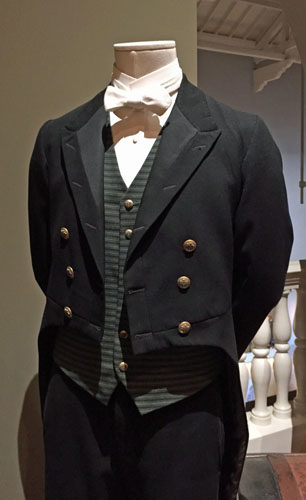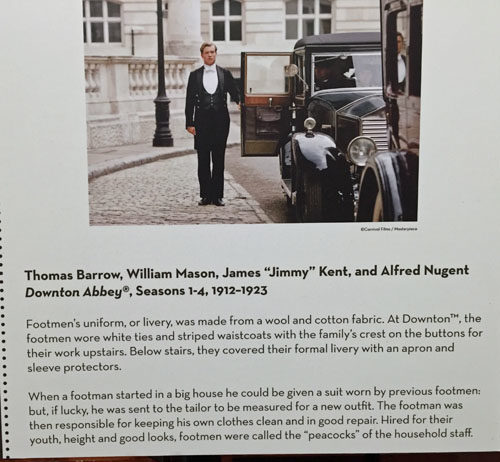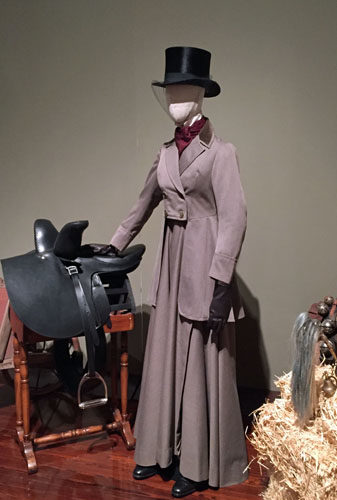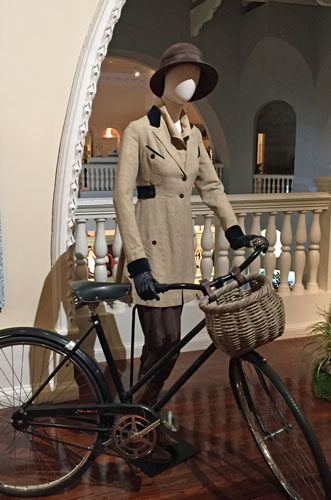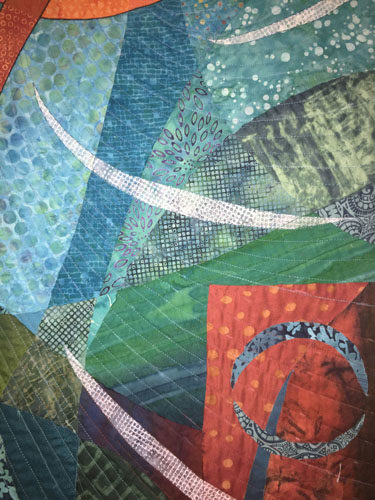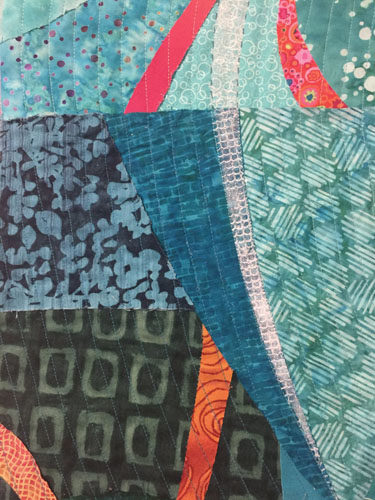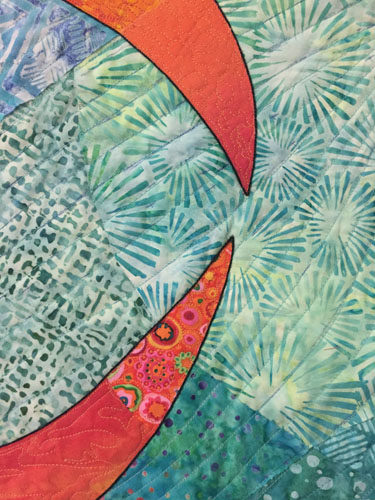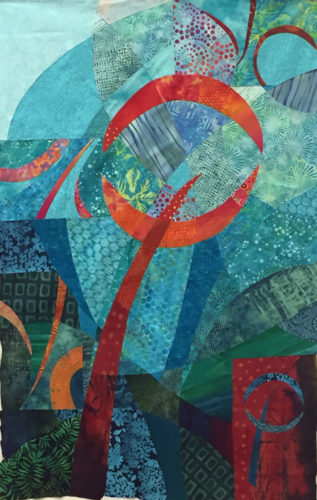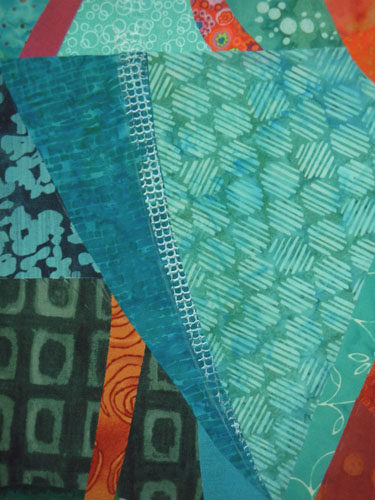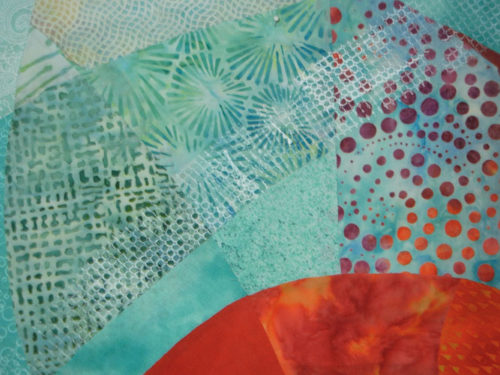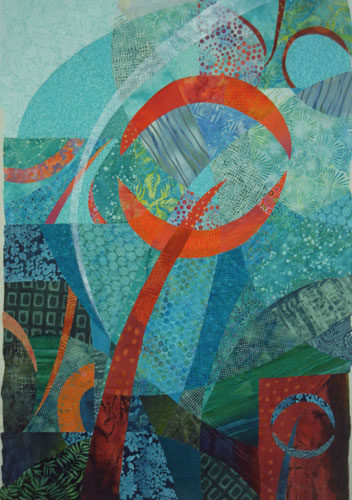As I worked on the abstract quilt, I continued to take clues and inspiration from the original fabric. Since it was very angular, I wanted my pattern to be the same. Can you see how the shapes and lines of the side fabrics are extensions of the central fabric lines?

Same for the quilting. First, I stitched parallel lines on the two sides and in the middle I stitched around each little line.

Then, I decided to stitch parallel lines in this central area. Oh my! WHAT was I thinking? It was WAY too much starting and stopping for me and I gave up after the few lines shown above.
Plan B: concentric lines. It worked pretty well, except for the fact that my variegated thread gave too much contrast in some of my messy spots. I have a bit of redoing ahead of me.

Next, it was time to think about the main design elements to be placed in the foreground of this piece. Again, I wanted something angular, but when I checked, my sketchbooks I didn’t have anything like that.

So, I turned, once again, to the fabric itself. I took close up shots of several of the fabric shapes and found one I liked. (Although I edited it quite a bit.)

And, so here is the plan for the final motif.

I’m liking it a lot. Next will be determining what color to make the motif. Light or dark versions of the colors already present would be an obvious choice. But, I think I want to do something a little unexpected. We’ll see. Red maybe???
It’s been really fun to let the fabric inspire so many choices.
Have you ever done something inspired by a particular piece of fabric?
Ellen Lindner
























